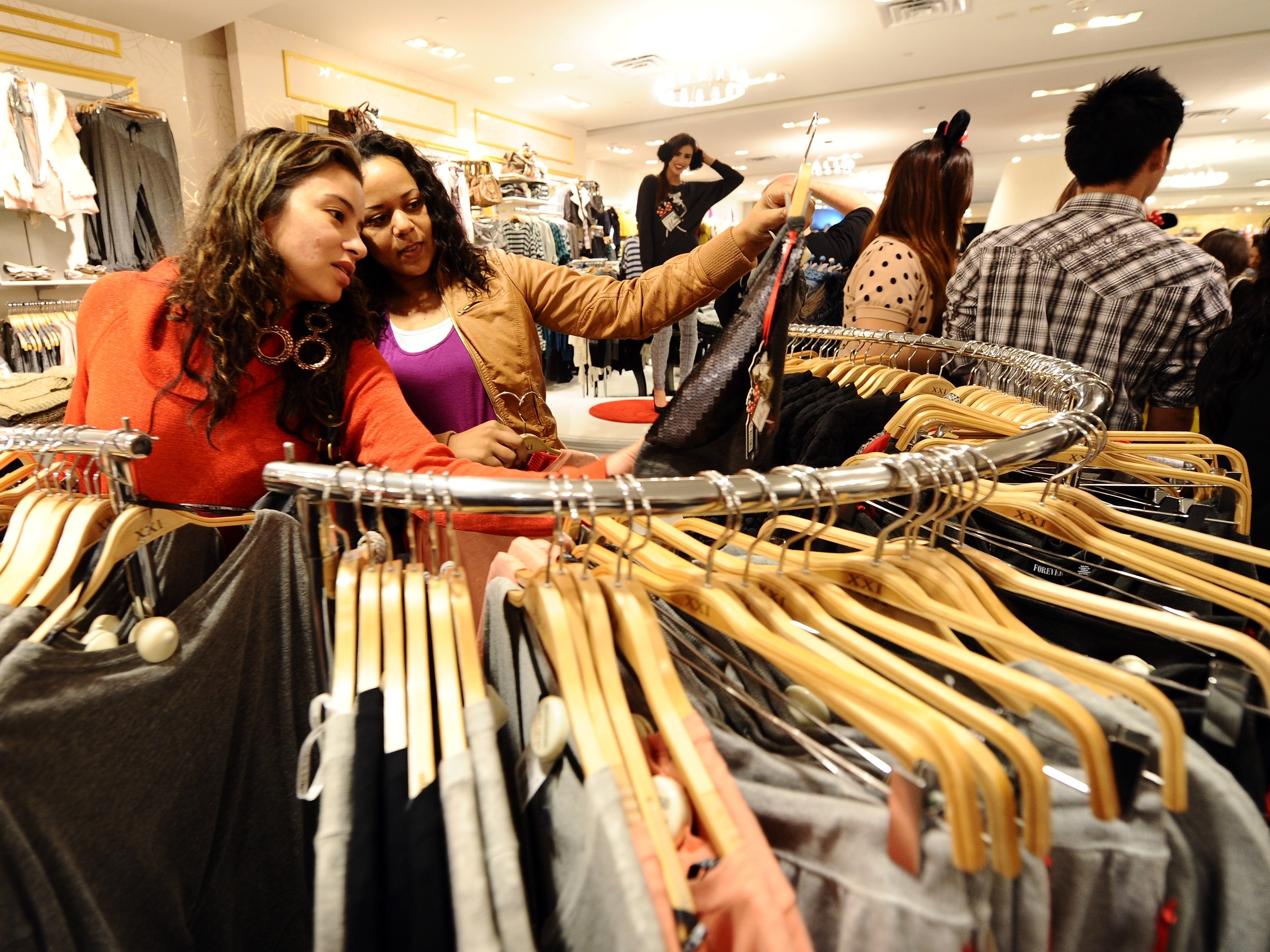Household Bills
Mother’s Day boosted retail sales in UK

Total UK retail sales during the five weeks from 26 February to 1 April increased by 5.1% compared with a rise of 3.1% in the same period a year ago.
That is higher than the three-month average growth of 4.8% and the 12-month average growth of 2.6%, according to the latest monthly measurement from the BRC-KPMG retail sales monitor (RSM).
Like-for-like retail sales increased 4.9% in March, against a decline of 0.4% in March 2022, based on sales figures supplied by members of the British Retail Consortium (BRC).
However, because the sales figures are not adjusted for the current levels of inflation, those figures mask a much larger drop in sales volumes, the BRC pointed out.
Mother’s Day boost
Helen Dickinson, chief executive of the BRC, said: “While the wettest March in over 40 years dampened sales growth for fashion, gardening and DIY products, Mother’s Day brightened up sales for the month. Stores were given an extra boost, as last-minute shoppers dashed to their local high streets and shopping centres to purchase jewellery, fragrances and flowers.”
Food sales rose 8.5% on both a total and like-for-like basis over the three months to March, greater than the 12-month total average growth of 5.8%. Sales of non-food items increased 1.8% on a total basis and 1.4% on a like-for-like basis during the three months to March after seeing a 12-month total average decline of 0.1%.
Spending on home comforts
Paul Martin, UK head of retail at KPMG, said: “Many retailers hoping for a Mother’s Day boost will have been disappointed with overall sales growth of just 5% in March, against a backdrop of rising inflation running at more than 10%.
“High street retailers saw some limited growth across most categories in March, but as consumers cut back on eating out, spending on home comforts, accessories and furniture saw the biggest growth with people looking to entertain at home instead. Online retailers also benefited from the boost in sales of home items, but saw continued decline in sales across most other categories, particularly clothing.”
April might bring green shoots of hope for some businesses, he said: “As the difficult economic conditions continue, retailers will be hoping that April prompts consumers to look for some comfort in Easter treats and the sun starts to shine forcing replenishment of summer wardrobes.”
Others also expressed optimism.
“Shoppers becoming less fearful”
Susan Barratt, chief executive of IGD, said customer sentiment was stabilising: “Coupled with our prediction that food price inflation will decline from 18% to 8% by the end of the year, shoppers are becoming less fearful. Fewer now expect food prices to get much more expensive in the year ahead (33% compared to 53% in August ’22) and fewer plan to cut back their spend across a range of activities including on food and groceries and eating out.”
Dickinson added: “With consumer confidence edging up and big events on the horizon such as the King’s Coronation, retailers have reason for a spring in their step. However, extensive cost pressures on business remain, and Government must ensure it minimises incoming regulatory burdens. Unless these future costs are brought to a heel, we will likely see high inflation continue for UK consumers who already face rising household bills from this month.”